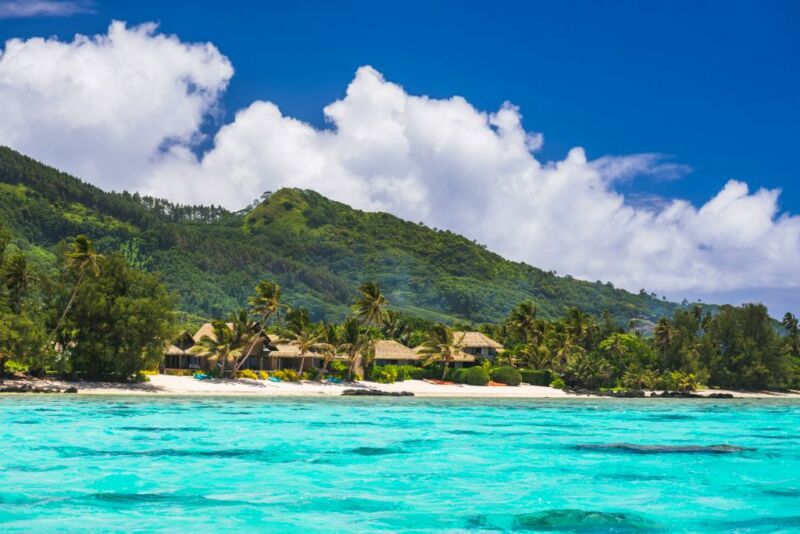
Enlarge / The Island of Rarotonga, which the new study suggests was settled around 830 CE by people arriving from the vicinity of Samoa. (credit: Matthew Williams-Ellis / Getty Images)
The spread of the Polynesian culture across the Pacific was the greatest migration in humanity’s history. All indications are that the Polynesians started in Taiwan and made it to the Americas while settling on islands from Hawaii to New Zealand along the way. Many of those islands retained trade routes for centuries, even if the islands themselves were tiny and difficult to consistently find in the vast expanse of the Pacific.
Reconstructing the route the Polynesians took has proven challenging. Very little ancient DNA has survived in the warm, often humid environments of the tropics. Artifacts have been dated, but it’s not clear how closely they relate to the arrival of an island’s population, and often they don’t indicate where that population came from. Post-colonial travel has complicated the genetics and linguistic evidence that might otherwise help us sort things out.
Now, a large international team of researchers has come up with an entirely new way of analyzing the genomes of modern Polynesians, based on the effect that a long series of settlement events would have on genomes. The results provide a detailed map of which islands were settled in what order, and it even provides an estimate on the dates of when Polynesians arrived.
